Over the last eighteen days Couchfish has been all about the Dien Bien Phu Loop in northwest Vietnam. This loop was one of the most popular bike trips to do in the country through the 1990’s and 2000’s. More recently it has been eclipsed by the Ha Giang Loop in the country’s far north. It is still well worth doing and I hope you’ve found the last 18 days of travel interesting.
This post is part of a series of the paid version of Couchfish, but I’m sending it to everyone today as I’m not sure I’ll have time to do the free post this afternoon (sorry Chris!), and I thought this, as a wrap post, would be interesting to everyone.
A viewpoint near Ðiện Biên Phủ. Photo: Stuart McDonald.
The purpose of this post is to wrap the route up and deal with a few common questions about the trip.
Motorbiking and insurance
This is easily the most important point to keep in mind. Unless you have a Vietnamese license, any insurance you have will probably be worthless. Unless there’s been a change in regulations, Vietnam does not recognise International Driving Riding permits. This may result in you getting pulled over and fined by the police. A more pressing issue is that your insurance most likely will not cover you in the event of an accident.
I recommend two wheels with an engine. Photo: Stuart McDonald.
You will be riding 100% at your own risk—this is what I did.
Vietnam’s roads can be challenging. Some of the driving practises you encounter can be unorthodox. I would not recommend a novice scooter rider trying the Dien Bien Phu Loop.
Be aware of the risks—and read your travel insurance documentation carefully.
Always, always, always wear a helmet. I can’t stress this enough. The roads are not softer in Vietnam and the standard of medical care in rural areas is not great. Make sure your horn works—and is loud. You’ll be using it.
Pack your Easy Rider playlist. Photo: Stuart McDonald.
I rented my bike from Tigit Motorbikes in Hanoi. No complaints whatsoever and I would use them again.
Right of way
In Vietnam size matters when it comes to “right of way”. You are expected to yield to anything bigger than you. Others drive with the expectation that you know this. Trying to hold onto “your territory” on the road is a recipe for disaster. Shoulders are often non–existent or in poor/dangerous condition.
Falling piano out of shot. Photo: Stuart McDonald.
Drive or ride defensively always. As with wearing a helmet, this really needs emphasis. I encountered everything from trucks and buses to herds of buffalo, flocks of geese, a snake, and plenty of kids. When riding anywhere near civilisation, slow the hell down. Expect a piano to fall from the sky. Don’t assume the road will still be there around the corner.
Can you ride the Loop on a bicycle?
Are you mad? Yes? Ok sure you can. As long as you are in good enough shape to ride 80–100km a day, sometimes very hilly, you’ll be able to find accommodation at every stop. Much of the advice for motorbiking holds here. Please note that often you will not have a shoulder suitable for a pushbike.
Factor in landslide time. Photo: Stuart McDonald.
Expect plenty of smiles and waves. I saw not a single foreigner on a bicycle on this trip, but travellers do do it. The mountain passes near Sapa and Mai Châu will be HARD WORK! I would also suggest leaving early daily to allow for the unexpected.
Can you drive the Loop in a car?
Yes. Almost all the roads I took on this trip are doable on four wheels rather than two. Car hire is affordable in Vietnam. Once you have three people, you won’t be paying much more than you would for three bikes.
While I had no problems whatsoever with the authorities, obey signage and don’t play silly buggers. Photo: Stuart McDonald.
Can you do the Loop by public bus?
Yes. But to cover all the ground I did, it will take you a while. Unless you are on an open–ended trip I would suggest being selective in where you get off the bus. Vietnamese buses in this part of the country have improved over the years, but comfort can still be an issue. The going can be slow and breakdowns are common.
Will you meet other travellers?
Outside of Sapa, most likely no. In the whole trip, outside of Sapa and Bắc Hà, I met a couple of French guys in Ðiện Biên Phủ and another cluster in Mù Cang Chải. I saw a couple of others in Mai Châu. Pack books. Start with a phrasebook.
Is it safe?
I rode the trip alone and had no real issues, but travel is always safer in at least a pair. I timed my trip legs to avoid riding at night (unless within a town)—and I would suggest you do the same. At no stage did I feel in danger or at risk. In all my dealings with locals I had no problems.
Raw fish in Sapa? Now we’re talking dangers! Photo: Stuart McDonald.
It pays to behave yourself, dress sensibly (both with a view to local sensibilities and safety). Always stay in control. Many appear to have no issues with getting tanked and riding or driving home. Need I say, this is unwise—and another reason to stay off the roads at night. If a situation begins to feel uncomfortable, leave—don’t hang around waiting for it to get worse.
For solo women travelling, yes women ride this trip solo. The same holds as for everyone—safety comes in numbers. I’d also suggest considering spending a little more money on accommodation. Steering clear of the cheapest guesthouses (signage will read: Nhà Nghỉ), might be prudent.
How long?
The route on Couchfish took 18 days. You could do it in less in a car or on a bigger bike, but I wouldn’t recommend it. I could have done with at least another week. At least.
The best way to enjoy Sapa is to keep your back to the town. Photo: Stuart McDonald.
Other towns I just rode through include Mộc Châu, Yên Châu and Lào Cai. Each could have done with at least a night. Others I could have easily spent longer in include Lai Châu, Sìn Hồ, Pu Luông and Mù Cang Chải.
Creature comforts
Outside of Sapa expect little in the way of fancy fare or western food. In most cases local fare was the predominant offering. Do spend time in the coffee shops. ATMs and WiFi are easy to find in most centres.
Tomorrow is vegetarian day. Photo: Stuart McDonald.
The route
Here is a screenshot of a rough map I made in Google Maps. Click here for the full version. It is not 100% accurate because there is only so long I can try and make a map on Google Maps before I have a mental breakdown.
I hate Google Maps. Screenshot: Photo Stuart McDonald.
The blow by blow are in the individual posts (not all are linked here), but in summary, my route was:
Hanoi—Mai Châu
Mai Châu—Pu Luông
Pu Luông—Mai Châu
Mai Châu—Sơn La
Sơn La—Ðiện Biên Phủ
Ðiện Biên Phủ—Mường Lay
Mường Lay—Sìn Hồ—Lai Châu
Lai Châu—Sapa (with a side trip to Bắc Hà)
Sapa—Mù Cang Chải
Mù Cang Chải—Tân Sơn
Tân Sơn—Hanoi
If you don’t have the best part of three weeks, consider a smaller loop taking in Mai Châu and Pu Luông.
If you are into war history, Sơn La and Ðiện Biên Phủ are the highlights—you can fly to Ðiện Biên Phủ (and hire a bike or car there) from Hanoi.
The road ribbons. Photo: Stuart McDonald.
Another option could be Hanoi to Mù Cang Chải to Sapa and back, but that would involve a few rather long riding days.
Which ever route you take, once you get to Sapa, you can throw your bike on the train back to Hanoi. This will save you two to three days of riding.
More time? Consider continuing east from Bắc Hà to explore the Ha Giang region and Vietnam’s far north. Vietnam Coracle aces this area with a bunch of suggested itineraries.
Final thoughts
The Dien Bien Phu loop is not for everyone.
Expect about 82 million photo requests. Photo: Her boyfriend!
The primary attraction (for me) is the scenery, the motorbiking and the lack of other foreigners. If having an international food scene is important to you, you will struggle. Do not expect to meet other travellers along the way. That said, I had plenty of fun times with locals despite my extremely limited Vietnamese.
Would I do the trip again? Absolutely. Though I’m glad to be off my virtual motorbike for the next leg of the trip!





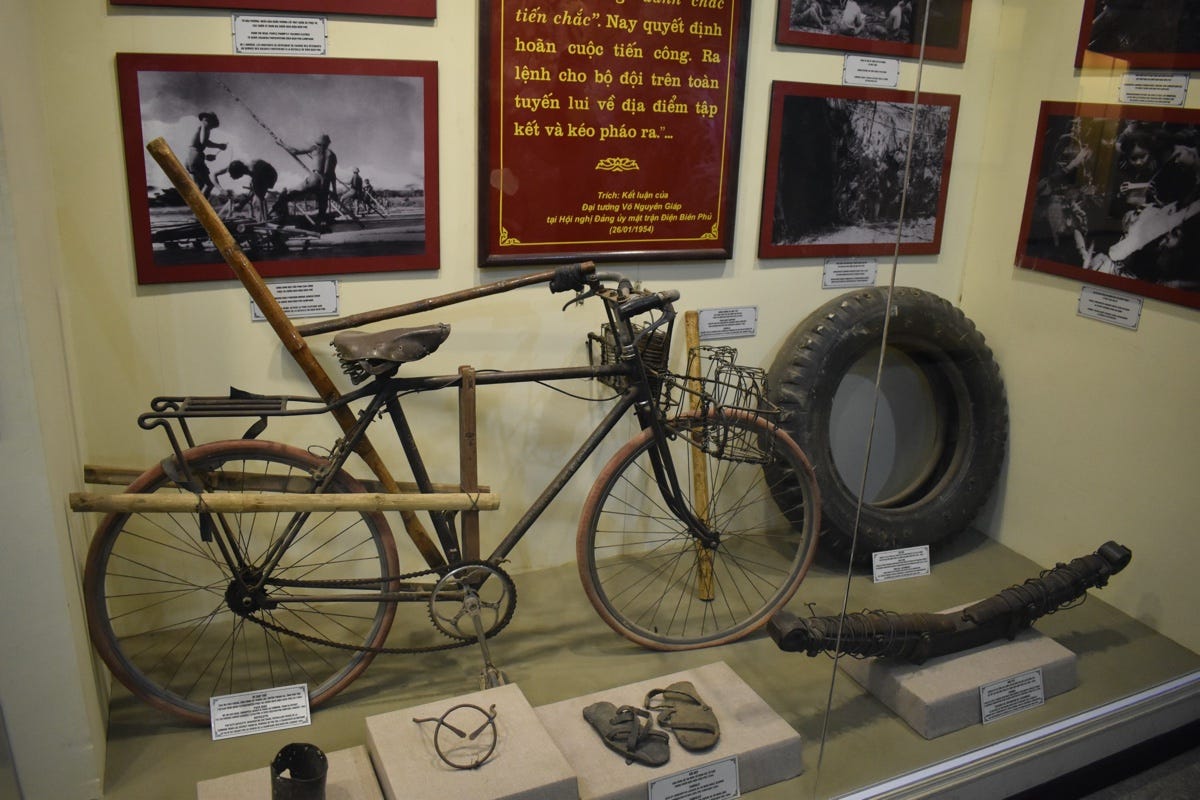
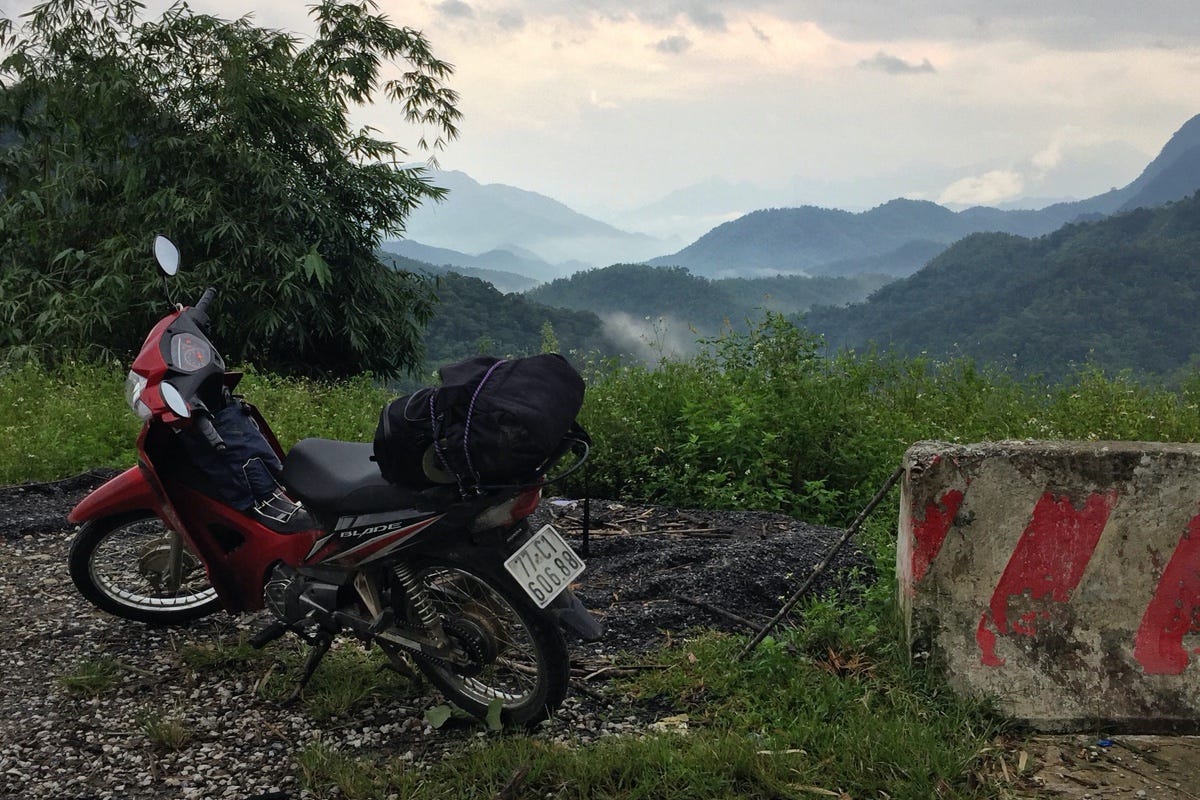

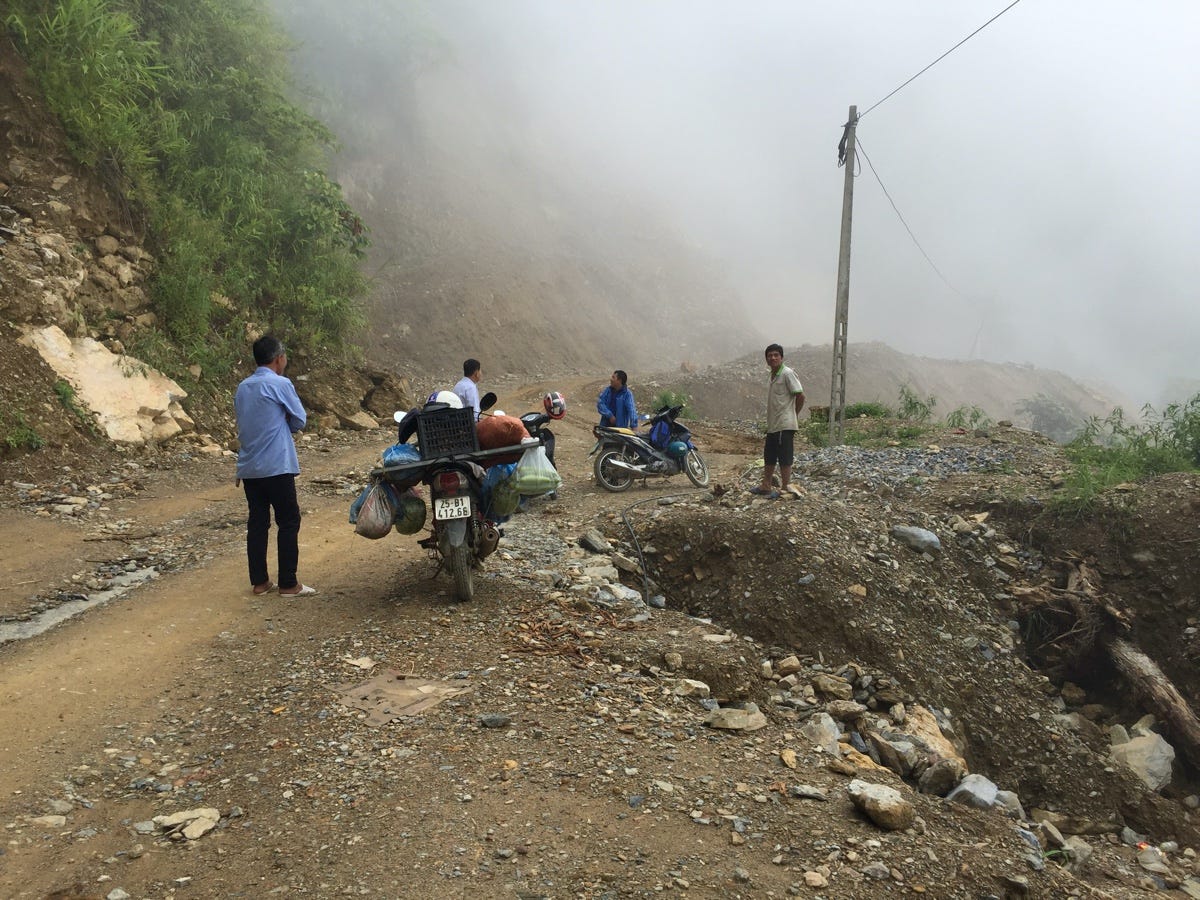

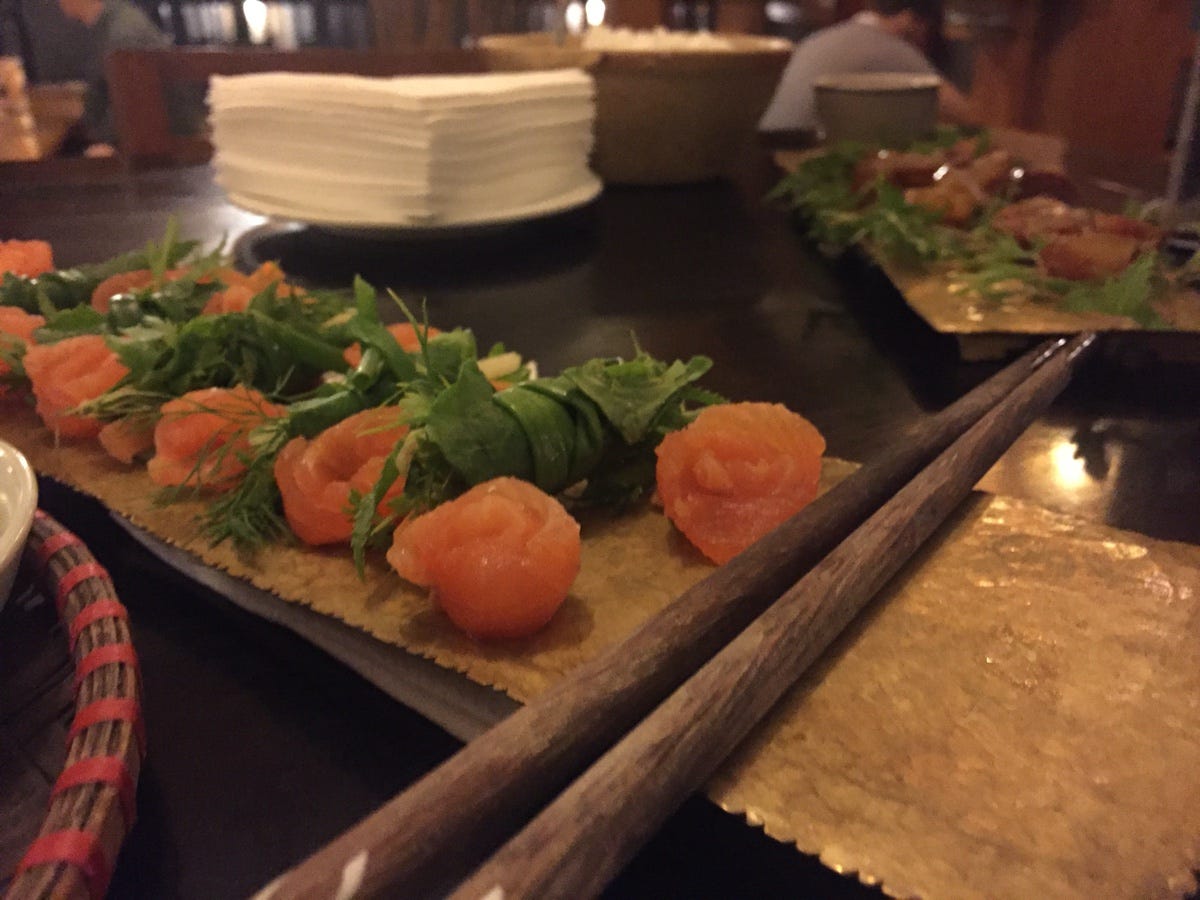
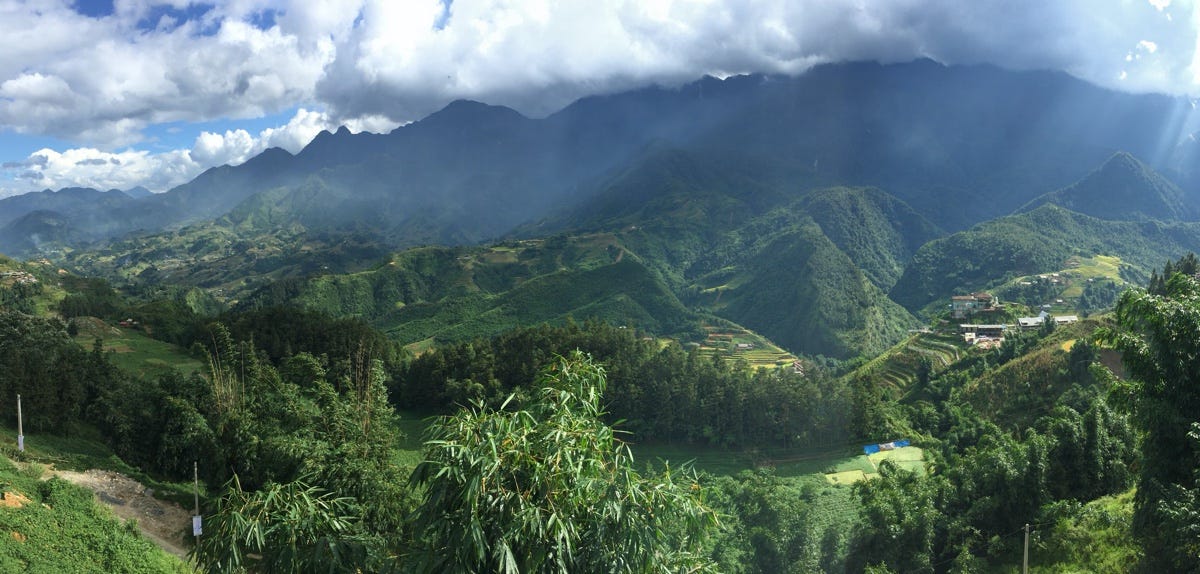

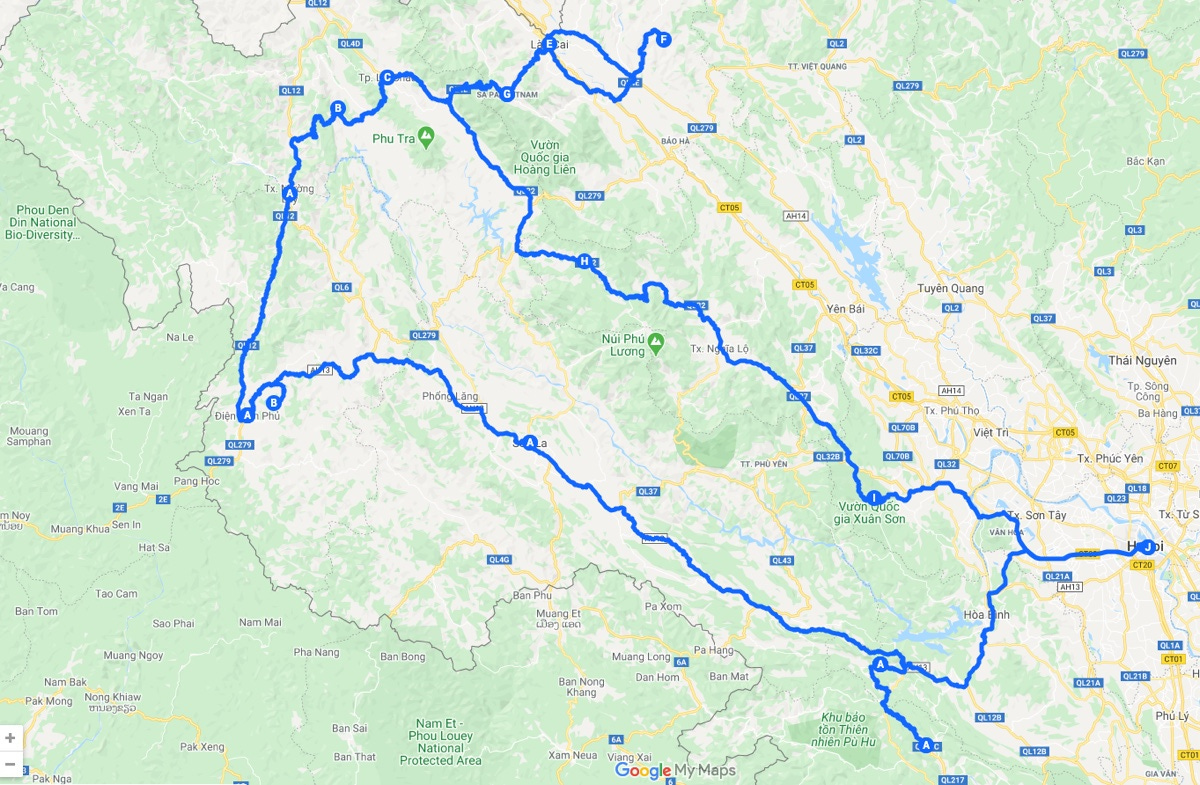

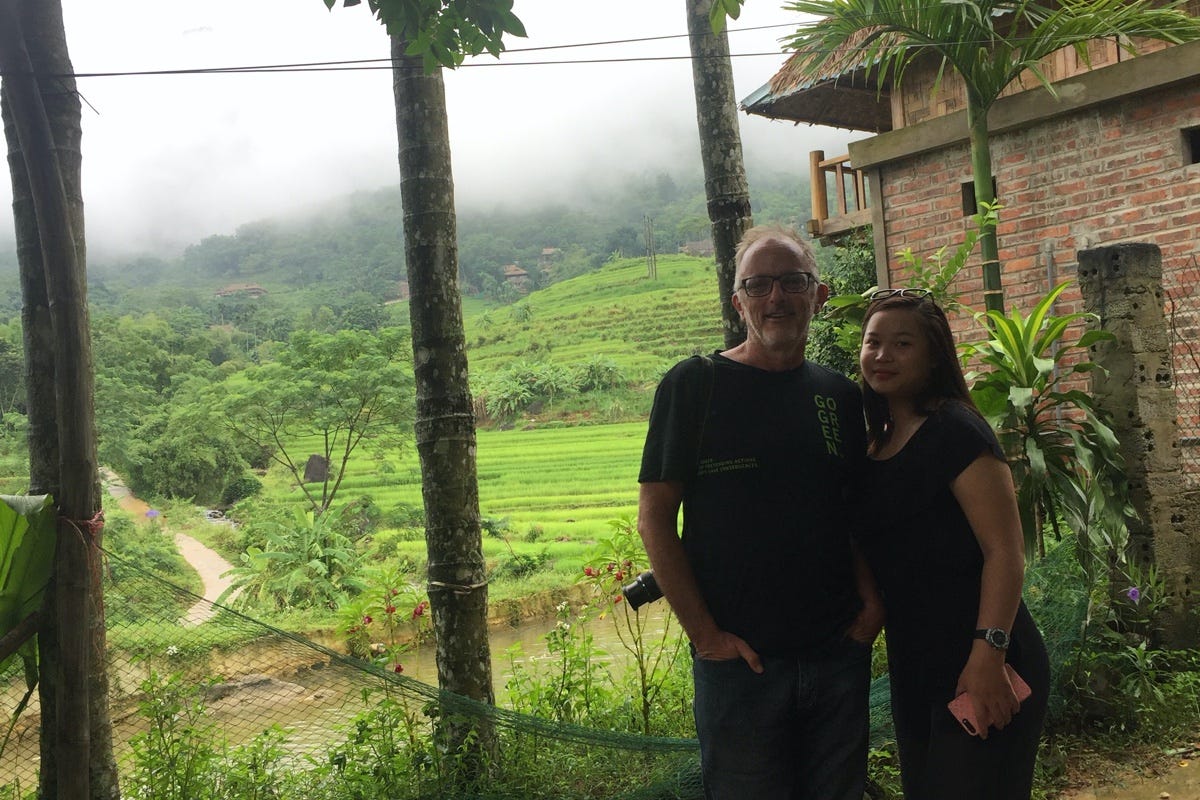









Share this post